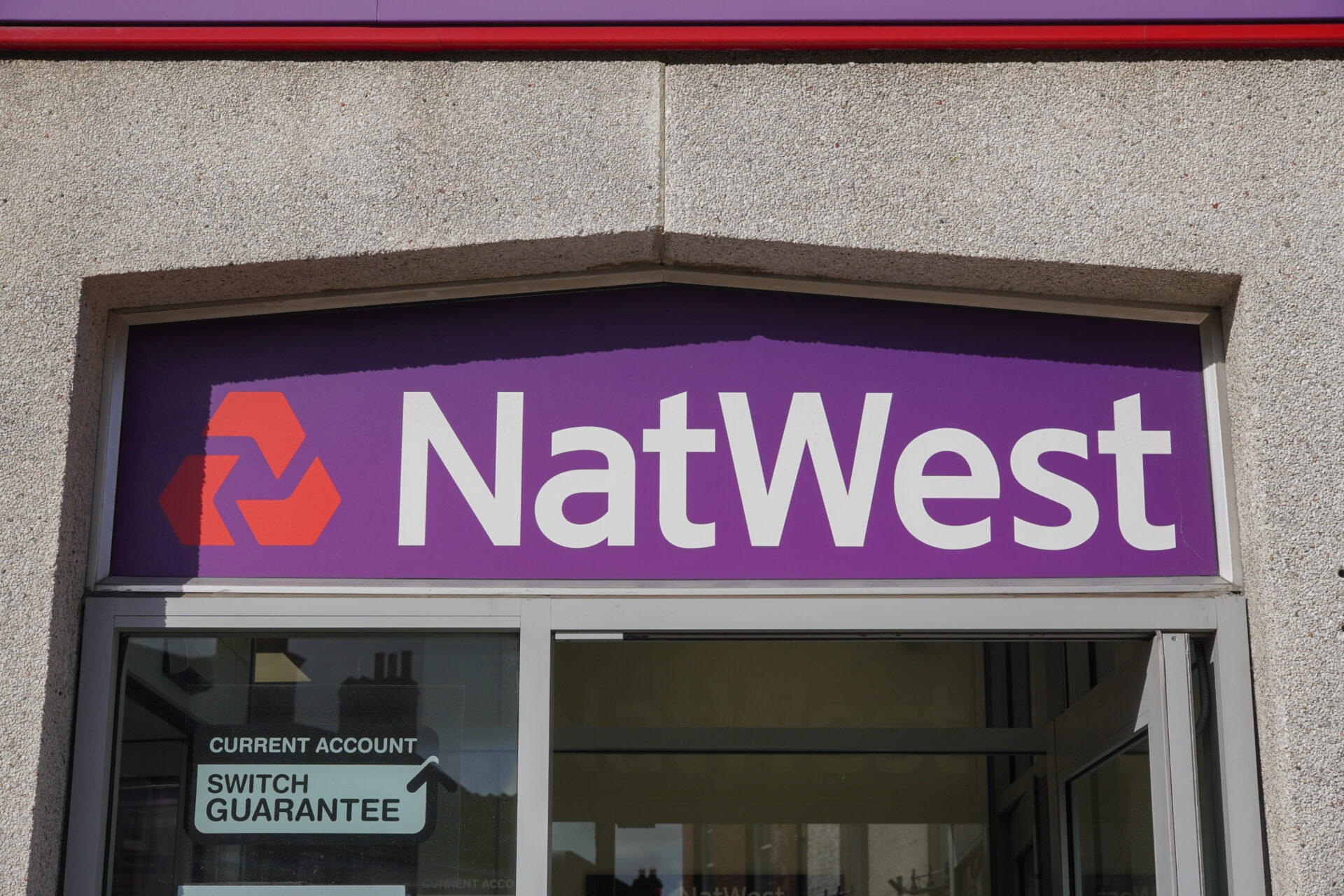- Dwelling On It
- Posts
- Rethinking Asset Management Platforms
Rethinking Asset Management Platforms
Why the System Isn’t the Strategy and What Housing Providers Really Need

Introduction
The landscape of asset management in social housing is undergoing unprecedented scrutiny. Against the backdrop of stricter consumer standards, surging investment requirements, and decarbonisation deadlines, many providers are investing in digital asset management platforms like Keystone, Lifespan, and Integrator to bring structure to their operations. Yet, both the Regulator of Social Housing (RSH) and industry bodies warn: technology alone will not deliver better homes. A robust asset strategy demands more than dashboards; it requires a fundamental shift in culture, governance, and focus.
"A platform will not deliver good quality homes if it sits on poor data and is not actively used to support day-to-day decision making."
— HQN Focus Report: Digital Dreams, 2024
What the Regulator Expects in 2025
The RSH has set out clear expectations for social landlords:
Maintain a precise, continually updated, and evidence-based understanding of all housing stock conditions.
Conduct stock condition surveys encompassing all Decent Homes Standard (DHS) criteria and Housing Health and Safety Rating System (HHSRS) hazards.
Integrate accurate data as the backbone of strategic investment decisions, not just compliance exercises.
The consequences of lapses are significant: almost three-quarters of downgraded consumer gradings (C3/C4) in 2024–25 resulted from poor or incomplete knowledge of stock condition. This gap increases risks for tenants and undermines the ability to plan targeted investments.
"Where landlords have poor or incomplete knowledge of their homes, tenants are at greater risk from unsafe conditions, and it is harder for landlords to plan the necessary investments in their homes."
— RSH Focus Report, 2025
The Illusion of Control: When Systems Distract from Strategy
Digital asset management platforms offer the promise of oversight, streamlined reporting, and actionable dashboards. Yet behind the analytics, three persistent risks threaten effectiveness:
Default Decay
Overreliance on generic lifecycle assumptions often leads to misdirected capital, with overinvestment in low-risk areas and overlooked critical risks.Survey Now, Report Later
Data collection becomes an end in itself, with findings left disconnected from maintenance plans and urgent interventions.Silo Syndrome
Teams managing compliance, retrofit, repairs, and investment may operate on separate systems, leading to fragmented strategies a problem the RSH singles out as especially urgent in the era of decarbonisation and new safety norms.
What Sets Leading Providers Apart
Some providers consistently outperform, not because of more advanced systems, but due to strategic integration:
Data as a Strategic Asset
Leading landlords proactively clean, verify, and assign data ownership, treating information as critical infrastructure.Dynamic Surveys
Risk-based and responsive inspection cycles not just the minimum 5-year surveys drive timely action.Cross-Functional Teams
Asset, compliance, retrofit, and customer service teams collaborate closely, sharing insights and crafting unified responses to challenges.Active Governance
Boards hold real-time oversight, questioning data quality, requiring up-to-date reports, and challenging assumptions.
"Several regulatory judgments noted boards lacked assurance that HHSRS hazards were being assessed, despite this being central to compliance."
RSH Focus Report, 2025
A System Alone Won’t Fix This
"The real power lies in people who are willing to interrogate, clean, and challenge the data."
HQN: Digital Dreams, 2024
An effective asset management strategy must:
Start with clear strategic priorities such as safety, energy performance, affordability, and viability and ensure these guide all investment decisions.
Treat data quality as a matter of governance, not just IT. Boards must receive regular assurance on data source integrity, validation processes, and survey completeness.
Bridge the digital–operational divide so that systems drive day-to-day decisions, not just boardroom discussions.
Plan for the unpredictable: systems need flexibility to respond to shifting policy, localised failures, and changing tenant needs.
Industry Recommendations for 2025
Assign clear ownership for each key dataset, with routine audits and integrated energy, DHS, and HHSRS assessments.
Embed survey validation and rapid response processes, ensuring that every stock condition finding is validated and acted upon not just recorded.
Equip board members with the information and training needed to interrogate data and challenge assumptions.
Shift from static five-year survey models to responsive, data-triggered inspections that react to emerging risks flagged through repairs, complaints, or sensors.
Make third-party and agent data the landlord’s responsibility, with transparent reporting and scrutiny built in at every stage.
Conclusion
Digital asset management systems are necessary but not sufficient. The difference between compliance and excellence lies in strategy, leadership, and culture. The system should serve the organisation’s strategic questions, not dictate them. As the sector faces mounting scrutiny from regulators, tenants, and investors, the most resilient providers will be those who combine technological investment with data stewardship, operational teamwork, and constant governance challenge.


